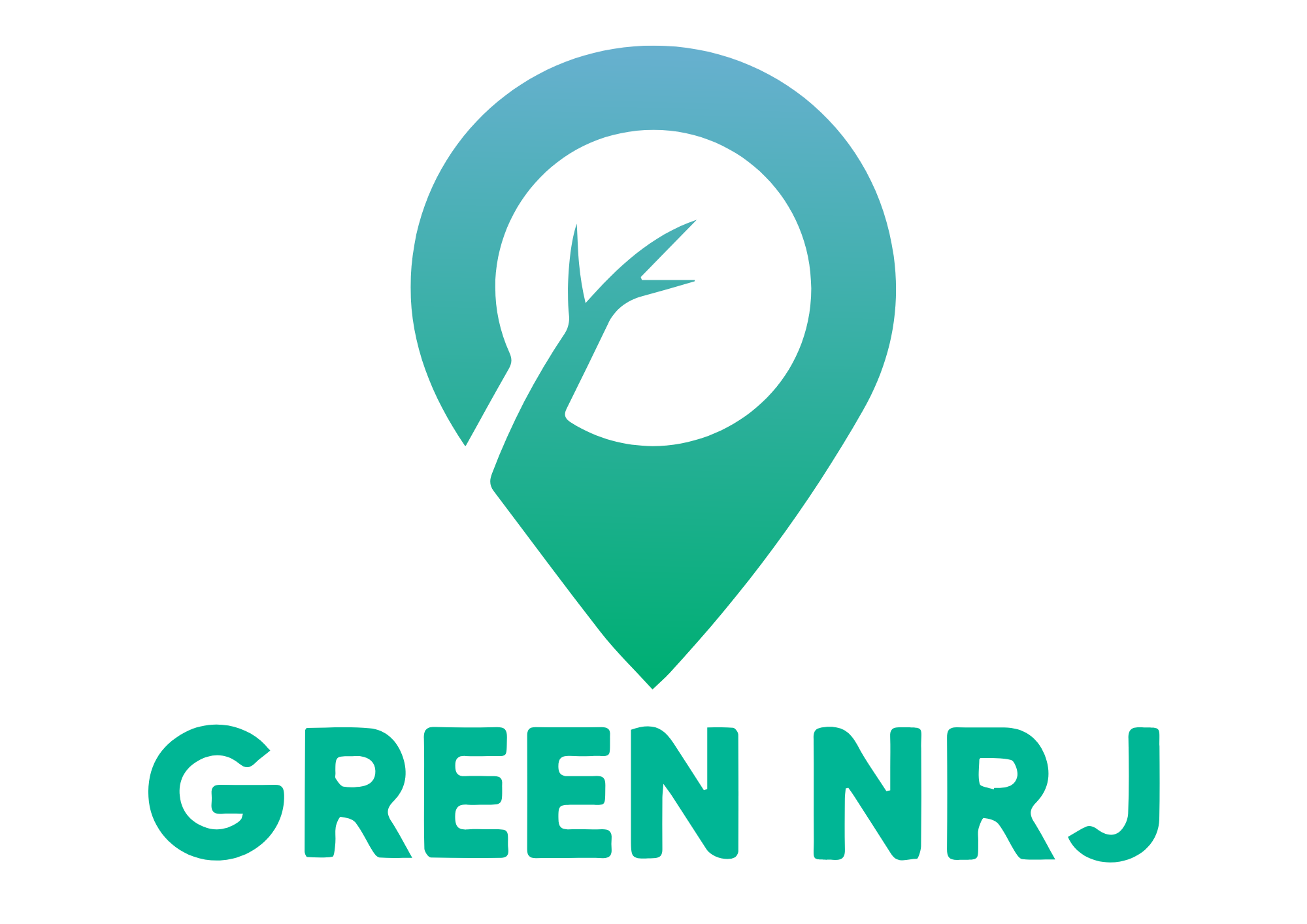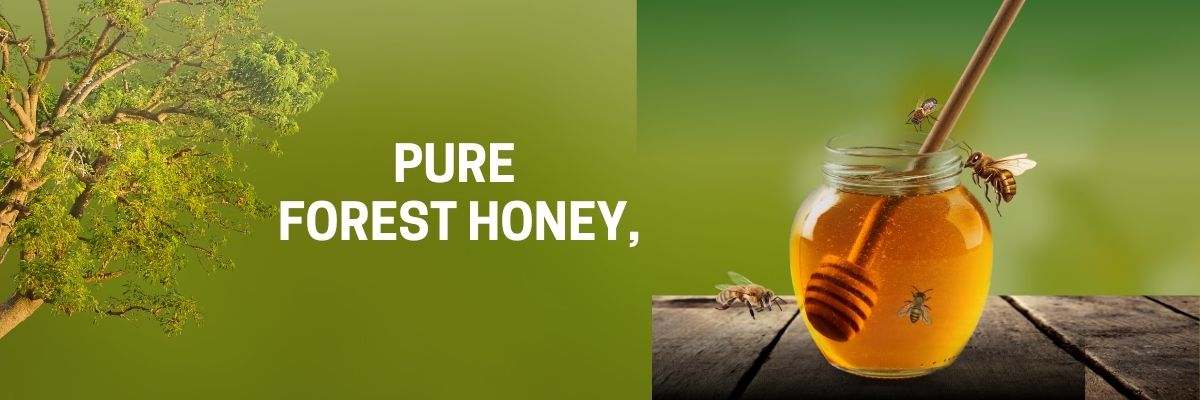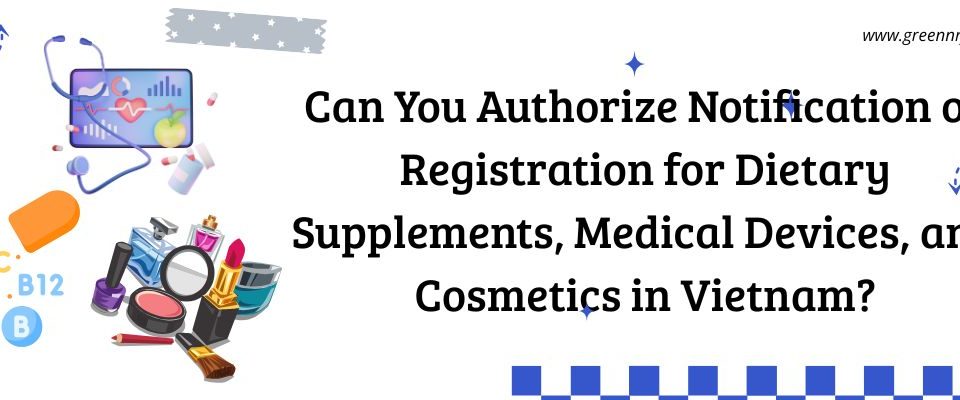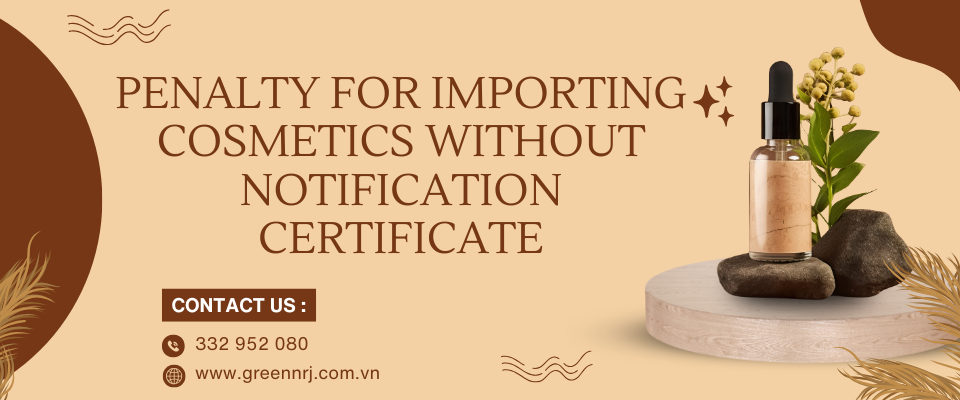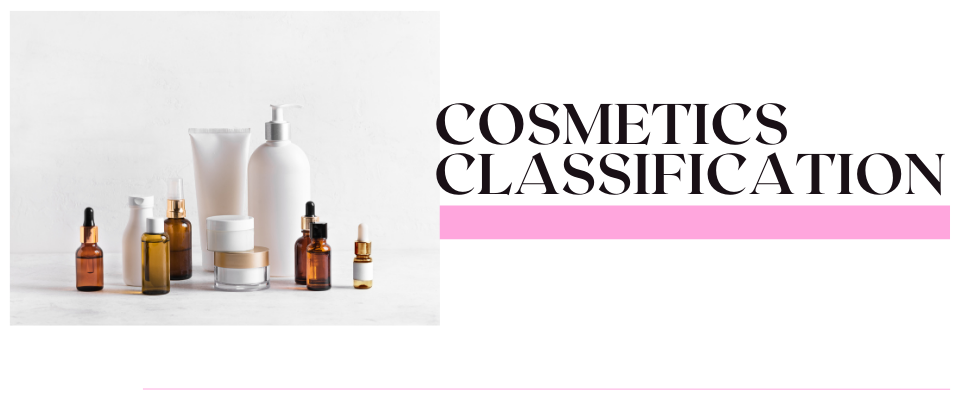1. Self-Declaration Process for Imported Honey
Before importing honey into Vietnam, a self-declaration is required to ensure the product complies with local food safety standards. This step is essential for importers to legally bring honey into the country.
Relevant Authorities: Vietnam Food Safety Department (Cục An toàn Thực phẩm) is responsible for managing the self-declaration process.
What is Tested? During the self-declaration, honey will undergo rigorous testing for:
- Pesticide Residue Levels: Testing for harmful chemical residues that could pose a health risk.
- Heavy Metals: Ensures that the honey is free from harmful levels of heavy metals such as lead, cadmium, and mercury.
- Microbial Contaminants: Tests for the presence of bacteria, mold, and other microbial contaminants.
- Physical Properties: Ensures that the honey’s consistency, color, and texture meet the expected standards.
- Moisture Content: Tests to confirm that the moisture content is within the acceptable range for honey.
- Additives: Confirms that no illegal or harmful additives are present in the product.
Timeline:
The timeline for the self-declaration process and testing generally follows these steps:
-
Step 1: Submission of Sample: The importer submits a sample of honey to the testing laboratory. This step usually takes 1-2 business days.
-
Step 2: Testing and Certification: The honey is tested for the above-mentioned criteria. The testing process can take approximately 5-7 business days, depending on the laboratory’s capacity and the number of tests required.
-
Step 3: Receiving Test Results and Approval: Once the results are ready, they are submitted to the relevant authorities for review. If the honey passes all tests, the importer will receive a food safety certificate. This step may take an additional 3-5 business days.
In total, the self-declaration and testing process can take between 15 – 20 business days, depending on the efficiency of the authorities and the testing laboratory.
Required Documentation:
- Self-declaration registration form: This is a formal request to begin the self-declaration.
- Business License: A copy of the importer’s business registration to show that they are legally allowed to import food products.
- Product samples for testing.
- Product Labeling Information: Information about the honey packaging, ingredients, and any claims made (such as organic or raw).
Once all documents are submitted and the honey passes the testing, the self-declaration process is complete, and the honey is cleared for import into Vietnam.
2. Animal Quarantine for Honey Products
Honey, as an animal-derived product, must undergo a thorough animal quarantine process before it can be imported into Vietnam. This process ensures that no animal-borne diseases or contaminants are present in the product.
Step 1: Registration for Animal Quarantine
The first step in the quarantine process is for the importer to register the honey for quarantine with the Vietnam Department of Animal Health (Cục Thú Y). To initiate this process, the following documents must be submitted:
- Request for Animal Product Quarantine Guidance (Form 19, Appendix V of Circular 25/2016/TT-BNNPTNT).
- Supporting Documentation: For animals and animal products subject to the management of other relevant competent state authorities, a document or license in accordance with regulations must be submitted, such as the Health Certificate from the exporting country.
This registration can be done through:
- The National One-Door Information Portal (Hệ thống Một cửa Quốc gia).
- Public postal services.
- Email, fax, or in person.
Step 2: Approval and Quarantine Instructions
After receiving the registration file, the Department of Animal Health will send an official response within 5 working days. This response will include:
- Approval of the quarantine registration.
- Detailed instructions on how to proceed with the quarantine process.
The instructions will be sent via email or made available on the National One-Door Information Portal, depending on the submission method used.
Step 3: Submission of Quarantine Declaration
Before the honey arrives at the port of entry, the importer must submit a quarantine declaration to the local quarantine authority. This declaration includes:
- Quarantine Declaration Form (Form 3, Appendix V of Circular 25/2016/TT-BNNPTNT).
- Health Certificate issued by the exporting country’s relevant authority.
Step 4: Quarantine Inspection
Once the quarantine declaration is processed, the Department of Animal Health will schedule an inspection. Importers will be notified of the inspection location and time within 1 working day.
During the inspection, authorities will:
- Examine the documents and inspect the honey to verify that it matches the details in the quarantine declaration.
- Sample the product for testing, ensuring it meets all veterinary standards.
- If the honey passes the inspection, the authorities will issue an Import Quarantine Certificate, permitting the product to enter Vietnam.
Step 5: Final Quarantine Certification
Once the honey has passed the veterinary inspection, the Import Quarantine Certificate will be granted, and the product can proceed with customs clearance and importation.
3. Food Safety (VSATTP) Inspections
In addition to the animal quarantine process, honey must undergo food safety inspections to ensure it complies with Vietnam’s strict food safety standards. This step guarantees that honey meets all the necessary health and hygiene requirements for human consumption.
Test Criteria: The food safety inspection will focus on:
- Chemical and microbiological composition: Ensuring that the product is free from harmful contaminants.
- Hygiene and safety standards: Verifying that the product is safe for consumption by the Vietnamese public.
Authorities Involved: The Vietnam Food Safety Department (Cục An toàn thực phẩm) will oversee the inspection, along with other relevant agencies.
4. HS Code and Import Taxes
To classify honey for customs purposes, it is assigned the HS Code 0409. Import taxes for honey depend on the trade agreements between Vietnam and the exporting country.
Import Tax Rates: The applicable import tax rate will vary based on the country of origin and whether there are any preferential trade agreements in place.
5. Required Documents for Importing Honey
To successfully clear customs, the following documents must be submitted:
- Import Declaration Form.
- Commercial Invoice and Packing List.
- Bill of Lading or Airway Bill.
- Importer’s Business License.
- Certificate of Origin (if applicable).
- Import Quarantine Certificate and Food Safety Certification.
6. Frequently Asked Questions (FAQ)
Q1: What is the overall timeline for importing honey into Vietnam?
A: The entire process typically takes 7 to 10 working days, including animal quarantine, and customs clearance.
Q2: Is it mandatory to submit a sample for testing during the self-declaration process for imported honey?
A: Yes, submitting a product sample for quality testing is a requirement in the self-declaration process for imported honey.
Q3: What happens if the imported honey fails the quarantine inspection?
A: If the honey fails the inspection, it will be rejected or returned to the exporting country. The importer will need to address the issues and re-submit the product.
Q4: What documents are necessary for importing honey products into Vietnam?
A: Key documents include the import declaration form, business license, health certificates, quarantine certificate, and food safety certification.
Q5: Can I import honey products without completing the self-declaration process?
A: No, the self-declaration process for imported honey is mandatory to ensure compliance with Vietnamese food safety regulations.
Q6: Are there special requirements for importing honey into Vietnam compared to other food products?
A: Yes, honey as an animal-derived product requires both the self-declaration process and animal quarantine procedures before importation.
Contact Green NRJ for expert support throughout the entire process, from self-declaration to animal quarantine and customs clearance, ensuring that all legal and regulatory requirements are met. We help you navigate Vietnam’s complex importation procedures smoothly and efficiently.
Related Articles:
- Guide to Importing Goods into Vietnam: Step-by-Step for Foreign Businesses
- How To Import & Sell Food Supplements In Vietnam Now?
- How to Import and Sell Cosmetics in Vietnam
- The Process of Importing Infant Formula Milk
- Import Procedures for Civil Cryptographic Products in Vietnam: Regulations & Legal Compliance
- A Complete Guide to Importing Laptops into Vietnam: Regulations, Tax, and Compliance Requirements
